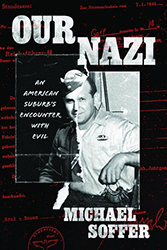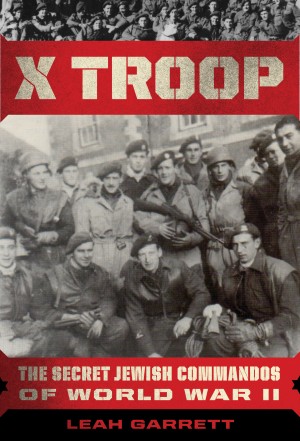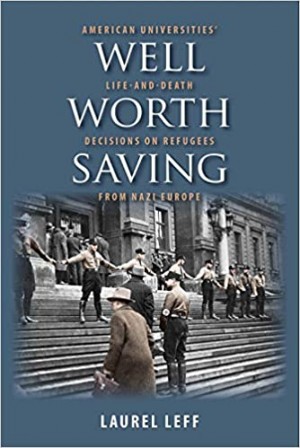It might have been Aeschylus, the ancient Greek tragedian, or perhaps it was Hiram Johnson, governor of California in the early twentieth century who came up with the words – the three authors of this illuminating new book can’t agree. But the epigraph that opens this historical text sums it up perfectly: “In war, truth is the first casualty.”
And thus begins the deep and compelling dive into news reporting from Berlin in the time of Hitler that shapes the narrative of Newshawks in Berlin, a dive that proves to be not only compelling and informative, but shocking to its intricate core.
As the Nazi party was rising to power, journalists the world over depended on the news reports that came from the highly respected Associated Press Berlin bureau to try to understand the often unimaginable events taking place in Europe, taking for granted that what they read was true and objective. But in this well-researched report about the people who ran the AP bureau in Germany and the practices that drove their reporting and editing, the dark underbelly of truth – and the desire to spread that truth or subvert it – is revealed.
While a global audience looked to the AP for the real news, reporters and editors worked under unthinkable pressure to get around the censorship that was imposed on them by the Nazis. They had to throw off the restrictions that were put on their work and fight against threats of retribution as they covered the war as it developed with honesty. One of the most difficult truths to report was the brutal way in which the Nazis strove to eliminate the entire Jewish population, often resulting in extreme failure on many levels as reporters and photojournalists who labored to bring the real story to the public often found their work destroyed by the government before it could reach its audience.
Numerous archtypical stories that were written to be sent out through the news service are examined in this book in depth, as the authors detail what was reported, how articles were written, what their purpose was, and whether the copy reached its goal or was redacted before it could leave the bureau. How the AP functioned in a time and place where the rules were set by a dictator who controlled the press with an iron fist makes for especially important reading, because it helps explain how news services deal with the concessions they must make even today. As we know, ethics and operations can sometimes conflict even in a democratic society dedicated to telling the truth, and even in a world where foreign journalists have greater power to report remotely on dictatorships than ever before, thanks in part to access to digital evidence.
Was there collaboration with the Nazi government during the war? Did the AP agree to omit material that might weaken views of Hitler’s power? Was the infamous Nazi propaganda ministry closely tied up with the functions of the AP? Heinzerling, Herschaft and Cooper cast a scrupulous eye on each of these questions, delving into diaries, archives, letters, manuals and memos to search for answers. The choices the AP made in their reporting from Nazi Germany had a monumental effect on the world’s reactions to their actions, and the way they handled the strict censorship that was imposed on them is critical to understanding the challenges they were forced to overcome.
The coherent writing style of the authors makes the story flow from one event to the next with a good amount of connective tissue pulling all the parts together. Crisp prose keeps the reader alert and interested. Chapters deal specifically with Kristallnacht, the Blitzkreig, the shocking exposure of the Holocaust and numerous events in between, along with the internal machinations of the AP bureau as it attempted to manage the news and balance its obligations to the truth with the danger it faced by reporting it.
The book leads us to a critical understanding the reality of life in the newsroom in wartime under a highly repressive regime, casting a clear light on the pressures that followed reporters and editors through the workday and into their nightmares as the sun went down on yet another day in a horrifying war.
Linda F. Burghardt is a New York-based journalist and author who has contributed commentary, breaking news, and features to major newspapers across the U.S., in addition to having three non-fiction books published. She writes frequently on Jewish topics and is now serving as Scholar-in-Residence at the Holocaust Memorial & Tolerance Center of Nassau County.





